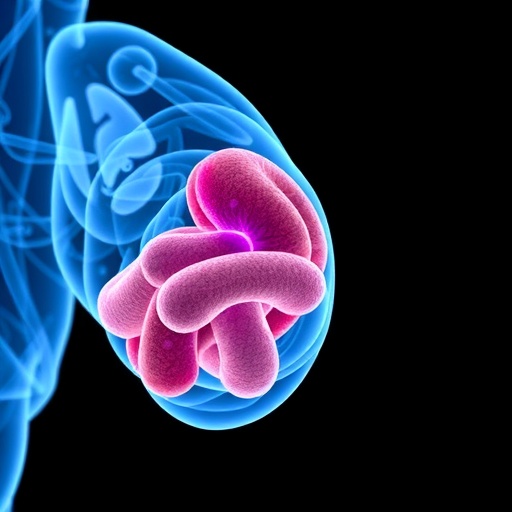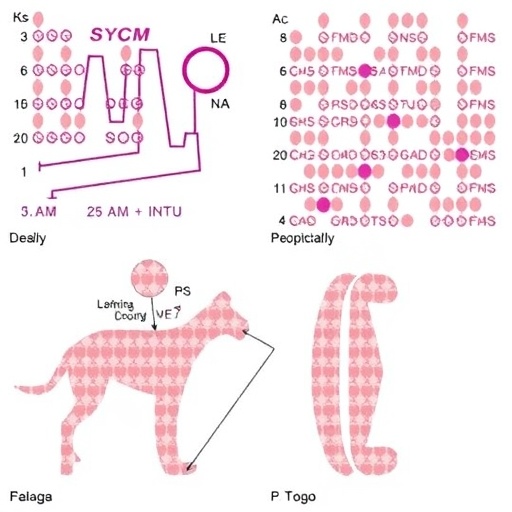Cancer Metastasis: Navigating the Daunting Frontier of Therapeutic Innovation
Cancer metastasis remains one of the most formidable challenges confronting modern oncology, representing the primary cause of cancer-related mortality worldwide. The process, by which malignant cells disseminate from a primary tumor to colonize distant organs, is a complex, multistep journey that defies simple therapeutic interception. Recent advances in molecular biology and tumor microenvironment research, as outlined by Garemilla, Kadambala, and Gampa in their pivotal 2025 review, illuminate the intricate mechanisms governing metastasis and expose the limitations inherent in current treatment strategies. Understanding these mechanisms not only reveals why metastasis resists conventional therapies but also underscores novel opportunities for intervention that may redefine clinical outcomes.
Metastatic progression can be conceptualized as a series of biological events beginning with local invasion. Here, cancer cells undergo genetic and epigenetic alterations that enable them to breach the basement membrane and infiltrate adjacent stromal tissues. This invasiveness is often facilitated by epithelial-mesenchymal transition (EMT), a phenotypic shift allowing tumor cells to acquire motility and resist anoikis—programmed cell death triggered by detachment from extracellular matrices. EMT’s role extends beyond mere motility, as it also modulates stemness and immune evasion properties, making migrating tumor cells especially resilient to therapeutic assaults.
Following local invasion, the intravasation phase introduces circulating tumor cells (CTCs) into the bloodstream or lymphatic vessels. This step is fraught with peril for cancer cells because of biomechanical shear forces and immune surveillance mechanisms. However, tumor cells subvert these challenges by forming clusters, often associating with platelets to shield themselves from immune detection. The dynamic interplay between CTCs and the immune system is an active area of research, revealing potential targets such as immune checkpoints and adhesion molecules which could be manipulated to disrupt metastatic dissemination.
Circulating tumor cells eventually arrest in capillary beds of distant organs—a phase known as extravasation—where they exit the vasculature to invade new tissue microenvironments. This step is not random; metastatic colonization exhibits organotropism, where specific cancers favor particular metastasis sites, such as breast cancer to bone or lungs. The “seed and soil” hypothesis, originally proposed over a century ago, is now supported by molecular evidence showing how tumor cells adapt to or condition distant niches via secreted exosomes and cytokines, preparing the soil for incoming seeds and enhancing metastatic colonization.
The complexity of the metastatic microenvironment constitutes a major hurdle for therapy. Once seeded, metastatic cells enter a dormant state that can last months or years, evading detection and resisting cytotoxic drugs that typically target dividing cells. Awakening dormant cells from this quiescent phase or eradicating them before this phase begins is a therapeutic challenge that remains unresolved. Dormancy is regulated by intricate signaling from both cancer cells and their microenvironment, highlighting the necessity of designing therapies that disrupt these dormant niches.
Traditional therapeutic approaches—surgery, radiation, and systemic chemotherapy—address primary tumors effectively but often fail against metastasis. The mechanisms that endow metastatic cells with resistance include altered drug transport, activation of survival pathways, and phenotypic plasticity. Chemoresistance is further compounded by tumor heterogeneity, an inherent feature of metastatic lesions, where genetically diverse clones coexist. This heterogeneity fuels adaptive resistance, rendering many therapies transiently effective or ineffective altogether.
Innovations in targeted therapies have shown promise by exploiting specific mutations or signaling aberrations within metastatic cells, yet they often encounter eventual resistance. For example, inhibitors of the PI3K/AKT/mTOR pathway, frequently dysregulated in advanced cancers, initially suppress tumor growth but often lead to compensatory feedback loops restoring malignancy. The adaptive complexity underscores the need for combinatorial regimens and precision medicine approaches that tailor treatment to individual tumor profiles.
Immunotherapy has revolutionized oncology, yet its impact on metastatic disease is paradoxical. While checkpoint inhibitors unleash the immune system against tumors, metastatic lesions frequently evolve immune-suppressive microenvironments, characterized by regulatory T cells, myeloid-derived suppressor cells, and immune checkpoint molecule expression. These immunosuppressive barriers limit immunotherapy efficacy, prompting research into strategies that reprogram the microenvironment or combine immunotherapy with other modalities to overcome resistance.
Another burgeoning avenue involves targeting the metastatic niche itself. Understanding how stromal cells, extracellular matrix components, and resident immune cells contribute to metastatic growth offers novel intervention points. Agents disrupting the supportive interactions between cancer cells and their niche could effectively starve metastases or convert their microenvironment from tumor-promoting to tumor-suppressing.
Technological advances in single-cell sequencing and liquid biopsies facilitate real-time monitoring of metastatic dynamics, allowing clinicians to track tumor evolution and therapeutic responsiveness. This dynamic approach enables adaptive treatment modifications, identifying minimal residual disease before clinical relapse and ushering in a new paradigm of proactive metastasis management rather than reactive care.
Nanomedicine developments also present exciting prospects. Nanoparticles engineered to deliver drugs specifically to metastatic cells, or to modulate the microenvironment, minimize systemic toxicity and improve therapeutic indices. Multifunctional nanoparticles designed to release payloads in response to tumor-specific stimuli enhance precision and overcome traditional drug delivery challenges.
Despite these advances, challenges persist regarding drug delivery across biological barriers in metastatic sites such as the brain or bone marrow. The blood-brain barrier, for example, restricts many chemotherapeutics and biologics, necessitating innovative delivery methods such as focused ultrasound or receptor-mediated transcytosis to breach these formidable defenses.
Collectively, these insights emphasize a multifaceted therapeutic approach, integrating molecular targeting, immune modulation, microenvironmental remodeling, and advanced drug delivery technologies. The future of metastasis therapy lies in leveraging these convergent strategies to prevent dissemination, eradicate micrometastases, and prevent recurrence, thereby improving long-term patient survival and quality of life.
In conclusion, metastasis represents a biological enigma and a clinical conundrum with far-reaching implications for cancer prognosis and treatment. While current therapies fall short of curing metastatic disease, burgeoning research illuminated by studies such as that of Garemilla and colleagues offers unprecedented clarity on underlying mechanisms and therapeutic vulnerabilities. By embracing the complexity rather than oversimplifying metastatic biology, the oncology community is poised to transform cancer treatment, shifting from palliative intent to curative potential even in the face of the most aggressive cancer spread.
Subject of Research: Cancer metastasis and its therapeutic challenges and opportunities
Article Title: Cancer Metastasis: Therapeutic Challenges and Opportunities
Article References:
Garemilla, S.S.S., Kadambala, M.C., Gampa, S.C. et al. Cancer Metastasis: Therapeutic Challenges and Opportunities.
Med Oncol 42, 518 (2025). https://doi.org/10.1007/s12032-025-03072-x
Image Credits: AI Generated
Tags: cancer metastasis challengesclinical outcomes in cancer therapyepithelial-mesenchymal transition in tumorsgenetic alterations in cancer cellsimmune evasion in metastasismechanisms of cancer disseminationmetastatic progression biologymolecular biology of metastasisnovel cancer treatment strategiesovercoming metastatic cancer resistancetherapeutic innovations in oncologytumor microenvironment research





